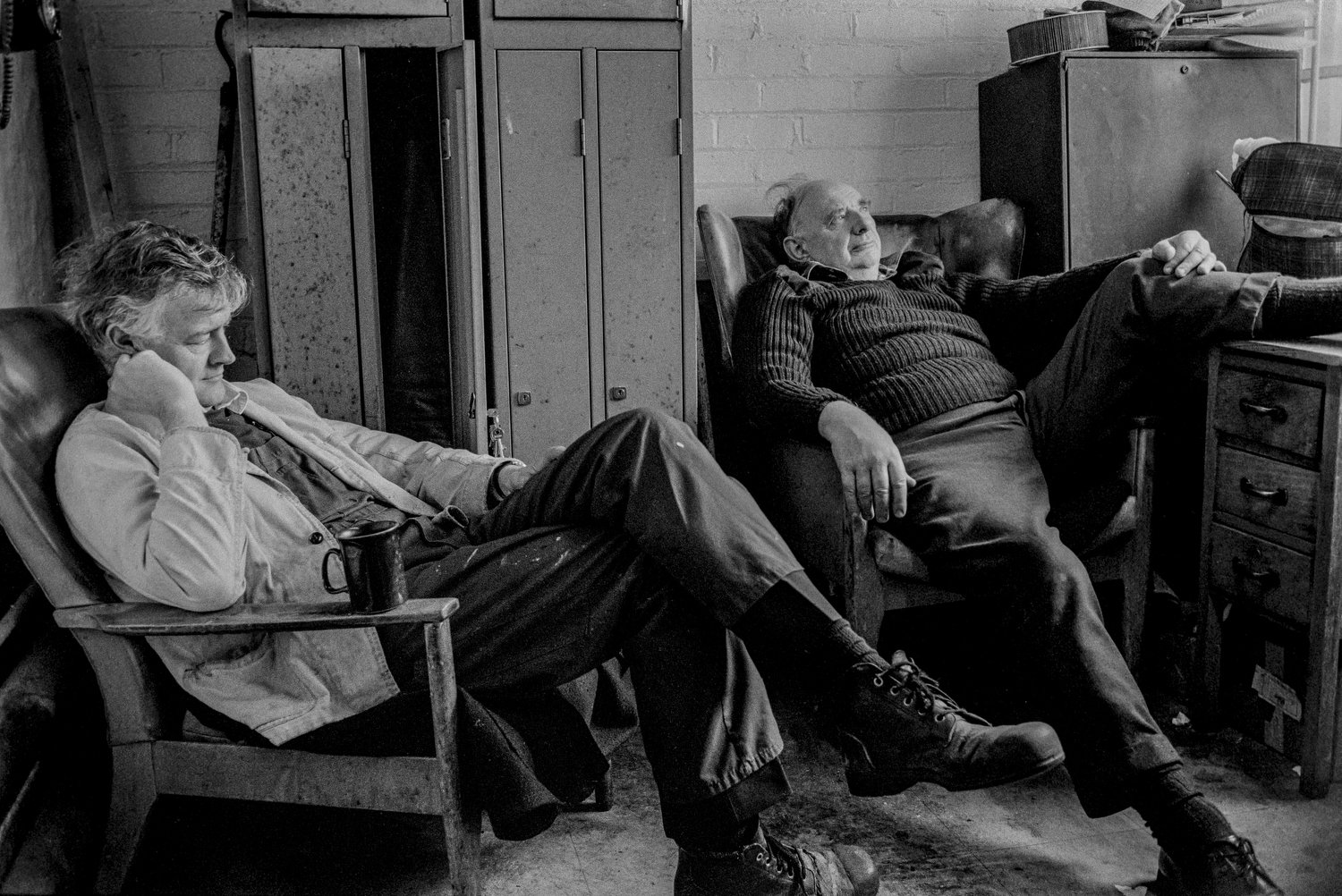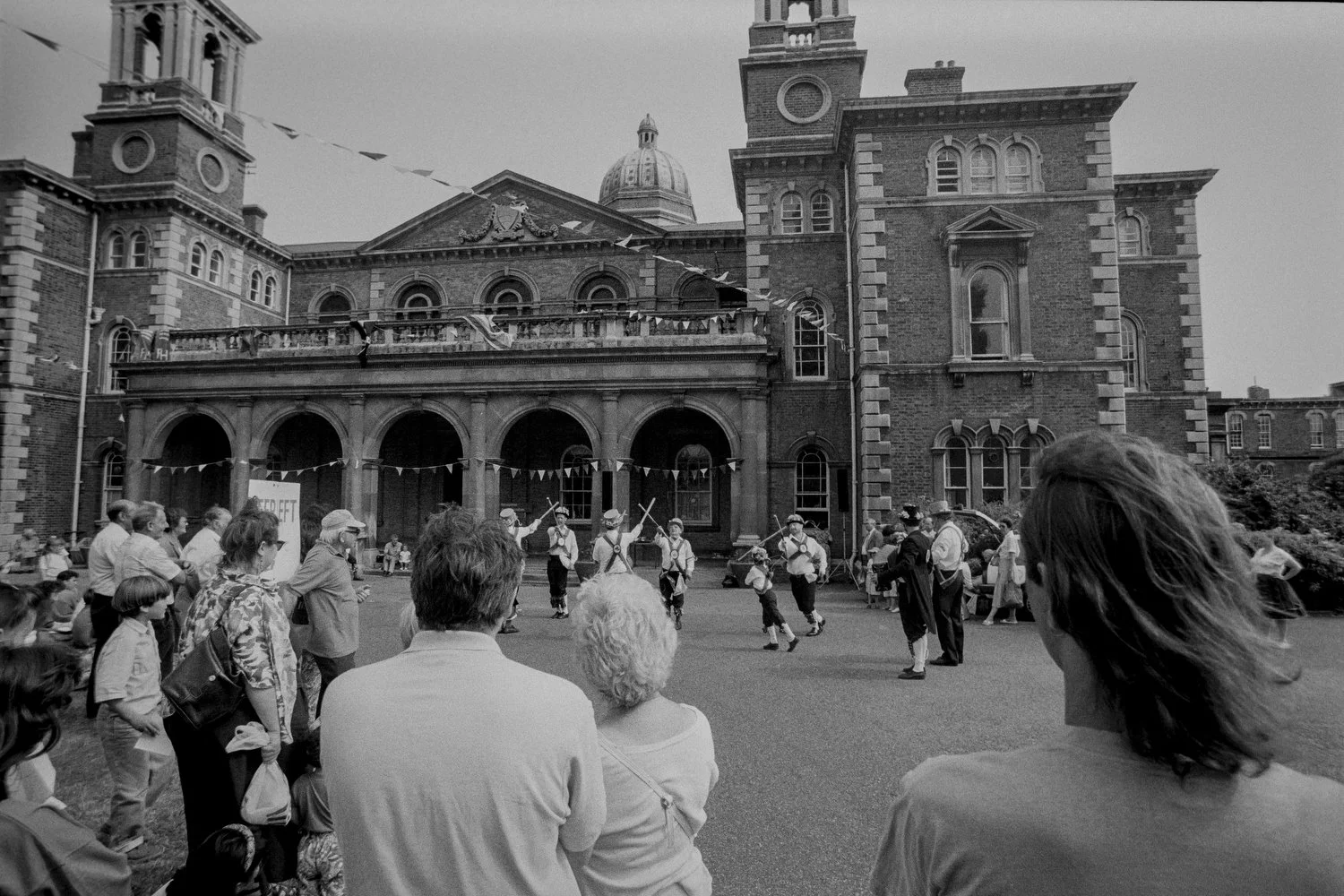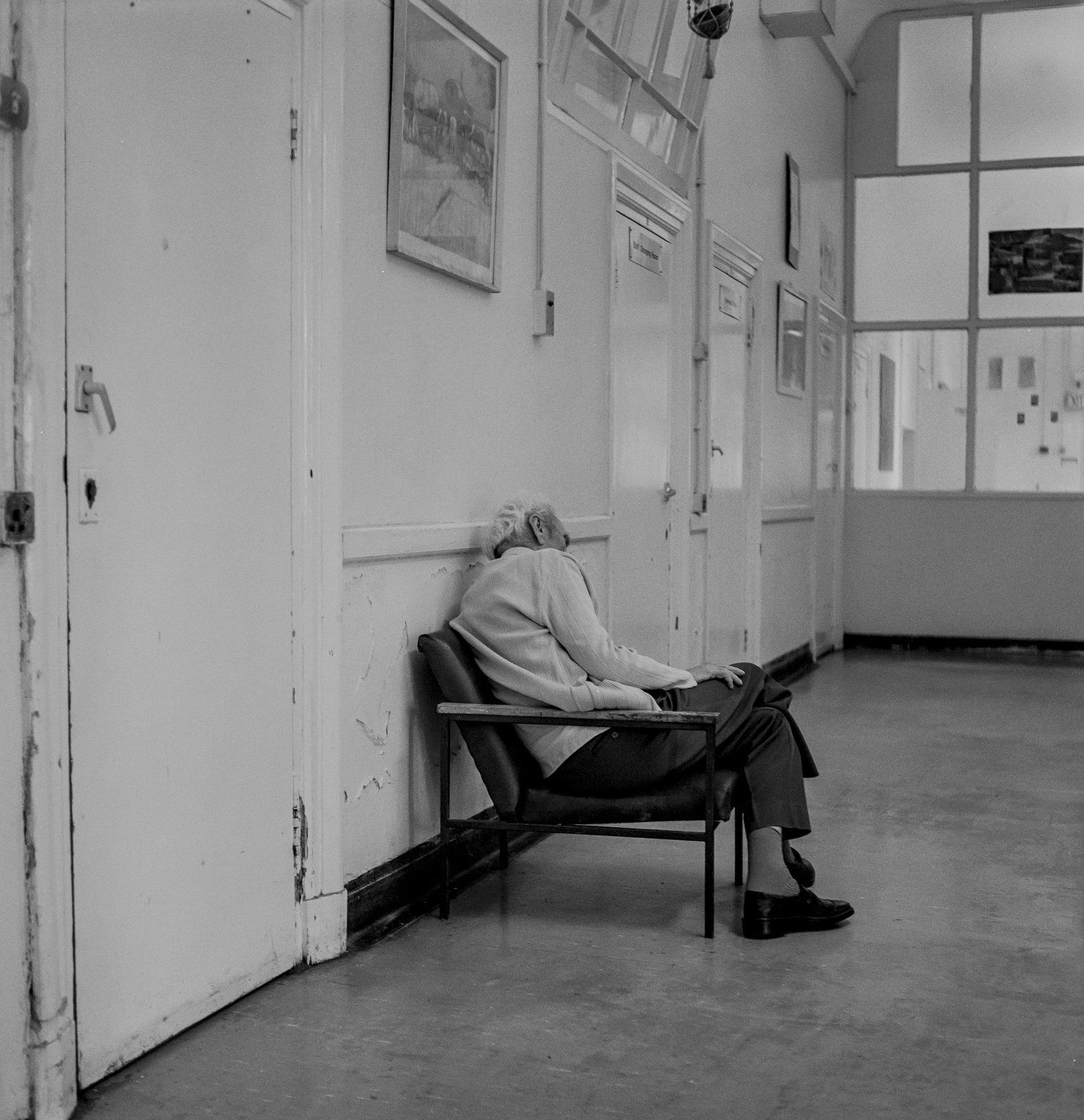Growing up in north London in the 1970’s and 1980’s meant that the phrase ‘You’ll end up in Colney Hatch!’ was enough to strike the fear of God into you. The huge, brooding bulk of what was once the largest mental hospital in Europe dominated the landscape. The hospital was famed for having the longest corridors in Europe, but, contrary to expectation, these were not expansive, high ceilinged affairs, they were claustrophobic and foreboding like the tunnels on the Underground.
Originally called the ‘Second Middlesex County Pauper Lunatic Asylum’ the hospital was opened in July 1851 and at its height housed 2700 patients. Set in 75 acres of grounds the hospital was self sufficient with patients working the land to produce all the food they needed. In 1930 the name was changed to ‘Colney Hatch Mental Asylum’ and then 29 years later changed again to ‘Friern Hospital’ which it kept until its closure in 1993.
The Thatcher Government signalled the end of the UK’s mental Asylum’s in 1983 when they introduced the ‘Care in the Community’ initiative that aimed to de-institutionalise mental health and treat patients in smaller community based centres. The decision to close Friern Hospital was made in 1989. At that time I was a final year photography student and I approached the hospital and asked if I could come in to document life there as the hospital approached closure. To my amazement they said yes, and I began to visit the hospital regularly, spending time with patients in the wards and with support staff as they worked around the hospital. At the time, the sad reality of life in the hospital weighed on me very heavily. The soporific wards where the heat was turned up so high that just the smallest movement felt like an achievement, the patients’ relentless quest for cigarettes and their willingness to do literally anything for them left them open to all kinds of abuse and was difficult to navigate day in day out. At the time I felt slightly disappointed with the work I had produced and once I had made a set of prints I filed the negatives away and moved on to other things.
Nearly 35 years later, I have gone through the work again, and many of the photographs you see here are ones that have never been printed or scanned before. As for the hospital, it is now known as ‘Princess Park Manor’ and is a luxury apartment complex that is, according to the website, ‘A luxurious living link with the glory of Victorian England’. Indeed.





























